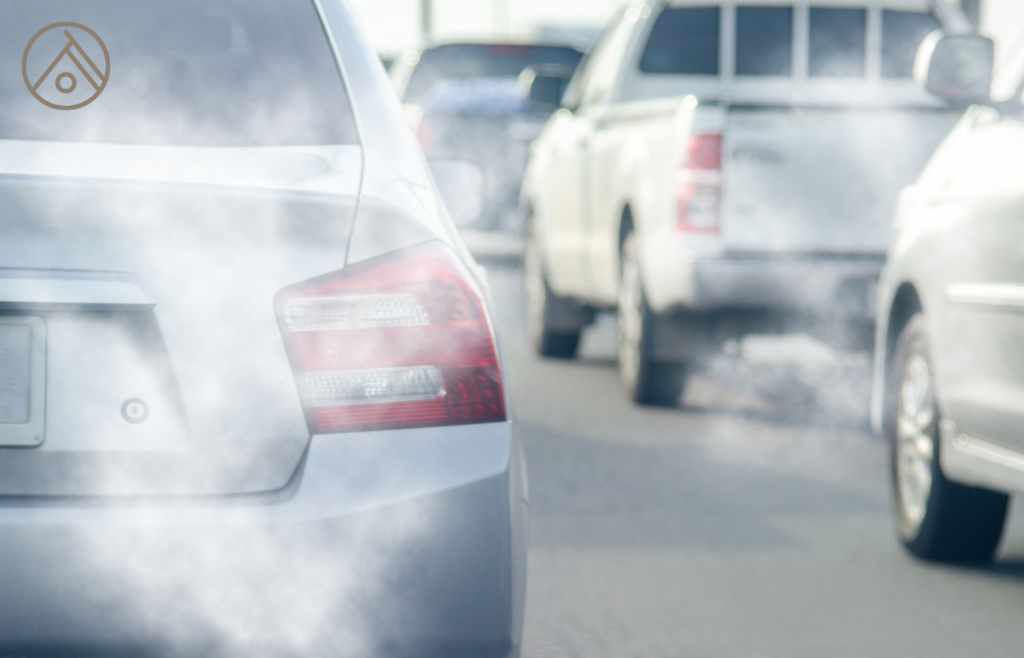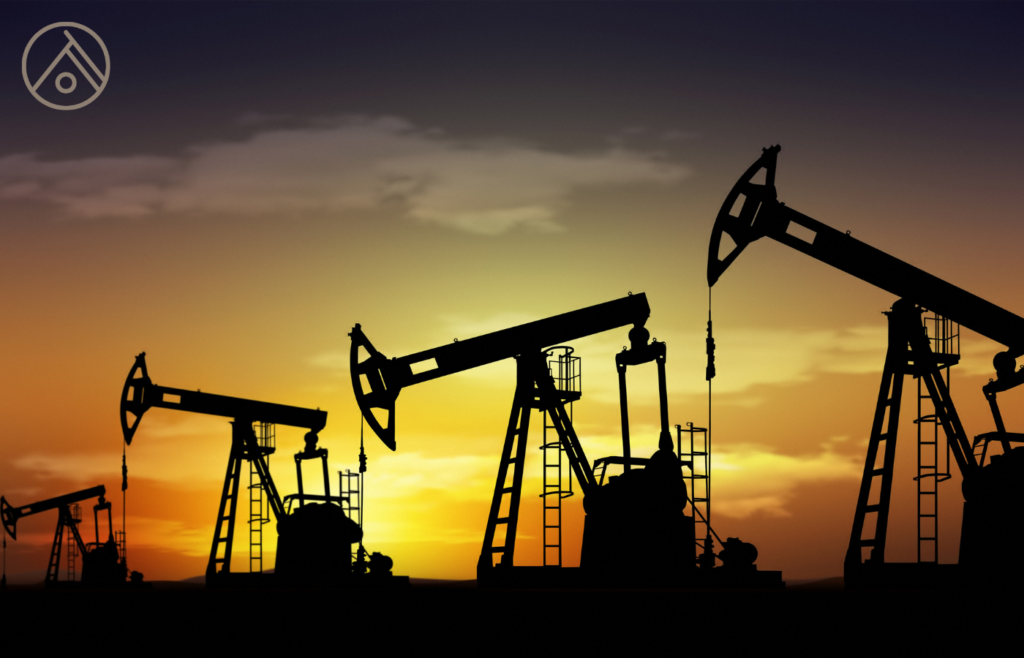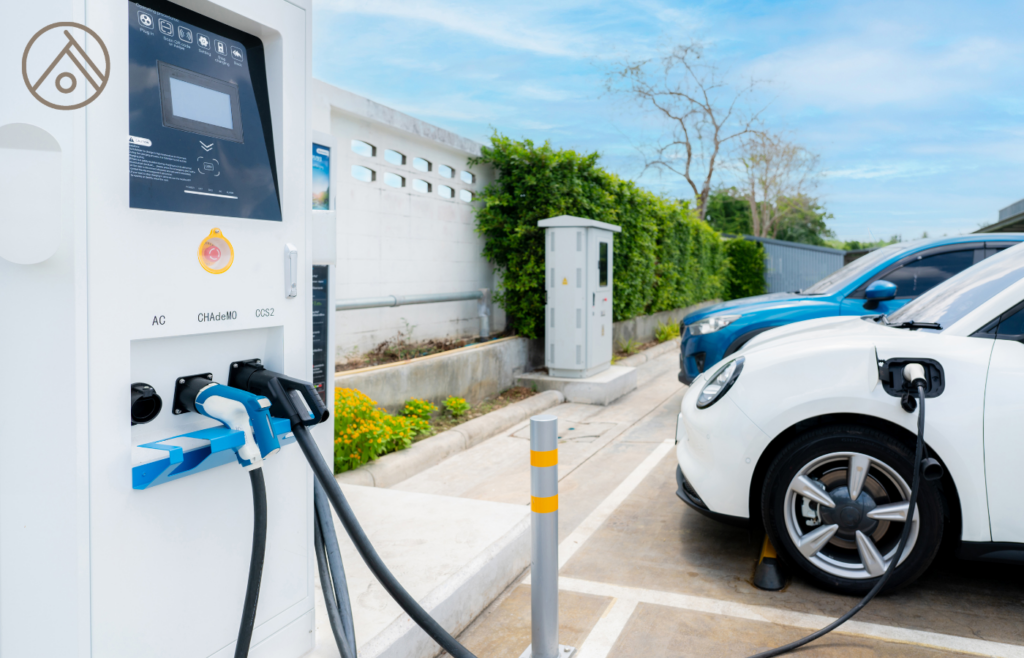If you’ve ever spent time in the bustling streets of Metro Manila or the busy roads of Cebu, you’ve likely encountered the fumes and noise of jeepneys, buses, and other fossil fuel-driven vehicles. These iconic forms of public transportation have been the lifeblood of the Philippines for decades, but their heavy reliance on fossil fuels is coming at a significant cost to the environment.
Join us as we take a closer look at the environmental impacts of fossil fuel-driven public transportation in the Philippines. Discover why transitioning to cleaner alternatives is needed now more than ever.
Air Pollution: Breathing in the Consequences

One of the most immediate and visible effects of fossil fuel-powered public transportation is air pollution. If you’ve ever felt your lungs burn while walking along a busy road, you’ve already experienced this firsthand. The transportation sector is the largest contributor to air pollution in the Philippines, responsible for about 74% of air pollutants.
Here’s where it gets worse: vehicles that run on diesel, like many traditional jeepneys and buses, emit high levels of nitrogen oxides (NOx) and particulate matter (PM). Both of these pollutants are not only harmful to the environment but also to human health. NOx contributes to the formation of smog and acid rain, while particulate matter—those tiny bits of soot you can’t even see—can lodge deep in your lungs and cause serious respiratory issues.
In Metro Manila alone, transportation accounts for a staggering 83% of NOx emissions and 37% of PM pollutants. The result? Cities like Manila frequently rank among the most polluted in Southeast Asia, with the health risks to the population being extremely high.
The Global Problem of Greenhouse Gas Emissions

While air pollution is something we can see and feel, another more insidious consequence of fossil fuel-driven public transportation is its contribution to greenhouse gas (GHG) emissions. These emissions are a leading cause of climate change, and the Philippines’ transportation sector is a major player.
In 2015, transportation-related activities contributed 34% of the Philippines’ total GHG emissions, and road transport accounted for 80% of that chunk. By 2019, the sector had emitted 35.6 million metric tons of carbon dioxide equivalent (MtCO2e). That’s like driving millions of cars non-stop around the world—except it’s happening right here, in our cities, every single day.
These emissions are not just abstract numbers. They lead to rising temperatures, stronger typhoons, and more unpredictable weather patterns—issues that the Philippines, a country already vulnerable to climate change, is seeing more frequently. As the number of vehicles on the road continues to rise, this problem will only get worse. In fact, it’s projected that the number of vehicles in the country will hit 24.8 million by 2030, which means even more emissions unless drastic changes are made.
The Hidden Costs: Public Health and the Economy

It’s easy to think of air pollution and GHG emissions as distant problems, but the truth is, they have very real and very immediate effects on our everyday lives—and our wallets.
Air pollution from fossil fuel-driven transportation leads to around 27,000 premature deaths in the Philippines every year, according to Greenpeace Philippines. That’s 27,000 lives cut short due to respiratory illnesses, heart disease, and other pollution-related health issues. But it doesn’t stop there. The economic impact of this air pollution is massive, costing the country roughly 1.9% of its GDP annually due to lost productivity and healthcare costs, based on statistics from the Centre for Research on Energy and Clean Air.
Imagine the ripple effect: more people falling ill means more absences from work and school, higher medical bills, and more pressure on the healthcare system. These are costs that could be significantly reduced if public transportation relied less on fossil fuels and more on cleaner alternatives.
The Growing Threat of Climate Change

Let’s not forget the broader, global implications of the Philippines’ continued reliance on fossil fuel-driven public transportation: climate change. Every time a jeepney spews black smoke into the air, it’s contributing to the larger problem of global warming.
The Philippines, being an archipelago, is especially vulnerable to climate change. Rising sea levels, more intense storms, and unpredictable weather patterns all threaten to displace communities, destroy infrastructure, and upend livelihoods. As the climate crisis intensifies, it’s not just an environmental issue; it’s a humanitarian one, too.
By relying on fossil fuel-driven transportation, we’re only accelerating the problem. Without significant changes, the Philippines will continue to face the brunt of climate change’s devastating effects.
The Fossil Fuel Trap: Economic Vulnerability

Fossil fuel-driven public transportation doesn’t just harm the environment—it also leaves the Philippine economy at the mercy of oil price fluctuations. As global oil prices rise and fall, so do the operational costs for jeepney drivers and bus operators.
When oil prices spike, transport operators have no choice but to increase fares to cover the higher costs of fuel. And who ends up paying the price? Commuters. Every fare hike hits everyday Filipinos hard, especially those who rely on public transportation to get to work, school, or run daily errands. The economic instability caused by fluctuating oil prices creates a cycle that keeps the country dependent on a fuel source it can’t control.
This cycle also discourages investment in cleaner, more sustainable transportation options. Why invest in electric vehicles (EVs) or alternative fuels when you’re constantly worrying about keeping up with the cost of diesel and gasoline? It’s a tough situation, and without the right government incentives or support, transport operators may continue to lean on the old ways, even though they know it’s not sustainable in the long run.
Why Transitioning to Cleaner Alternatives Matters

With all these challenges in mind, it’s clear that the Philippines needs to transition to cleaner alternatives in public transportation—and fast. The pressing environmental and economic problems caused by fossil fuel-driven vehicles are undeniable, and the longer the country waits, the worse these problems will get.
The good news? There are solutions already on the horizon. The government has launched the Public Utility Vehicle Modernisation Program (PUVMP), which aims to phase out old, inefficient vehicles and replace them with more environmentally friendly options, such as electric jeepneys and hybrid buses. Electric vehicles (EVs) don’t rely on fossil fuels and emit zero tailpipe emissions, making them a much cleaner alternative to traditional vehicles.
But this transition won’t be easy. It requires substantial investment in infrastructure—like charging stations for EVs—and incentives for jeepney drivers and operators to make the switch. While the government has taken steps in the right direction, there’s still a long way to go before the country can fully move away from fossil fuels.
What Can Be Done?

So, what can the Philippines do to accelerate the transition to cleaner public transportation?
- Increased Government Support: The government needs to offer more financial incentives to encourage jeepney and bus operators to adopt cleaner vehicles. Subsidies, low-interest loans, and grants could make a huge difference in getting more EVs on the road.
- Improved Infrastructure: For EVs to be viable, the country needs a network of charging stations. This means investing in infrastructure across major cities and transport hubs, so drivers have easy access to charging facilities.
- Public Awareness Campaigns: Educating the public about the benefits of cleaner transportation options is key. Many people still see EVs as too expensive or impractical, but as technology advances, these perceptions can change. The more people understand the long-term environmental and economic benefits, the more likely they are to support the shift.
- Stronger Regulations: Stricter vehicle emissions regulations can push the country toward cleaner alternatives. By enforcing stricter emission standards, the government can gradually phase out older, polluting vehicles and pave the way for greener options.
Moving Forward through Sustainable Public Transportation

The environmental impact of fossil fuel-driven public transportation in the Philippines is massive, from harmful air pollution and greenhouse gas emissions to the health and economic toll on the population. But it doesn’t have to stay this way.
Transitioning to cleaner alternatives, like electric vehicles, is not just an environmental necessity—it’s a social and economic one. The journey won’t be easy, but the Philippines can shift toward a more sustainable future with the right policies, investments, and public support. Cleaner air, fewer emissions, and a healthier population are all within reach—if we make the right choices today.
For more news and insights, stay tuned to the AIC website.

